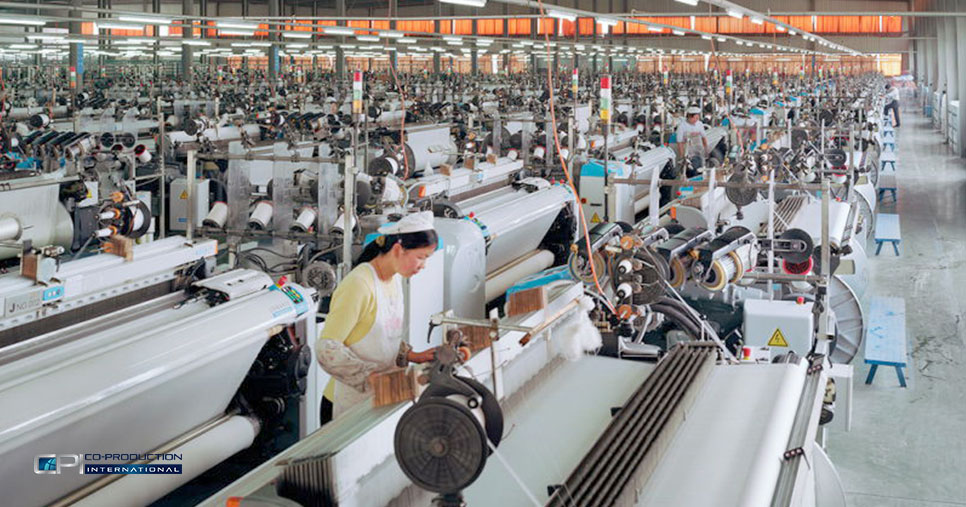When discussing the wine of the Americas we first think of the United States, Argentina or Chile, even Brazil or Uruguay, but certainly not Mexico, which is ironic given that it is the oldest wine destination in the Americas.
As early as 1554, it was in this country of Tequila and sombreros that the first vines appeared, grown under the leadership of the Spanish conquest. Today, there are great wines made here, especially on the red side. So we went to northern Mexico, to the Valley of Guadalupe, where the Jesuits began to plant vines for the development of their sacramental wine.
The Guadalupe Valley, a picturesque beauty
After leaving Tarija, we arrived in the village of San Antonio de las Minas after a 4-hour drive. Outside, the thermometer read 40°C. The sky was a blinding blue and a place of a dazzling beauty with colours of fire and blood in the lands surrounded by mountains. It has not rained here in ages, but the positive energy that emanated from this semi-desert region was almost palpable. Welcome to the Guadalupe Valley, in the heart of the Mexican vineyards, where 90% of the quality wines in the country are produced (1).
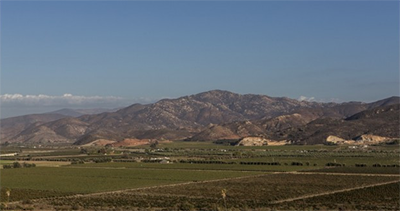
Three major wineries carve the lion’s share: L.A. Cetto, the Mexican giant (1 million cases per year alone!), Santo Tomás and Monte Xanic (<20,000 cases each year). Far behind – and this is where we found the most interesting and exciting part of the Mexican vineyards – some producers of small and medium sizes compete for creativity and talent to produce wines of great quality. Overall, it should be noted that the level of knowledge in terms of viticulture and oenology in the valley is remarkable.
“The wine here is not a business as in California; it is above all small projects”, Thomas Egli, one of the great winemakers of the valley, pointed out.
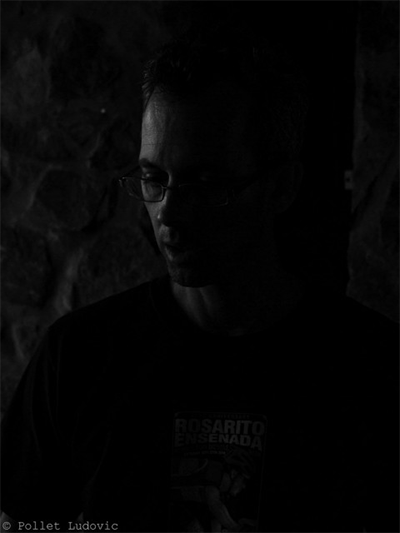 Thomas Egli. Pictures by Ludovic Pollet
Thomas Egli. Pictures by Ludovic Pollet
Some great discoveries:
- Calixa Chardonnay 2013 from Monte Xanic
- Seleccion de Barricas 2012 (a clever blend of Carignan, Grenache, Tempranillo and Zinfandel) and Cumulus 2010 (old Grenache vines, Carignan and Tempranillo), both from Las Nubes
- Serafiel 2012 (50% Cabernet Sauvignon, 50% Syrah) and Kerubiel 2005 (Syrah, Cinsault and Grenache), both from Adobe Guadalupe
- The cuvée Mogor-Badan 2009 from El Mogor, a delicious Bordeaux-blend.
Oenotourism, spearhead of the local wine economy
A positive surprise when arriving in the Valley of Guadalupe – after the beauty of the place – is the wine tourism dynamism. It is both a local and collective initiative which deserves to be highlighted, especially when considering the difficulties for Mexican wines to be recognised as a (real) growth driver by the Government (2). A wine route consisting of signs, maps and information points is present throughout the valley indicating the location of each winery. A newly built museum traces the wine history of the country and provides visitors with a multitude of activity tools.
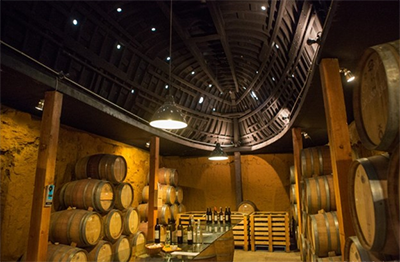
Architectural projects, one more creative and visionary than the other, are popping up everywhere like at Vena Cava, where the roof structures are nothing but overturned boat hulls, or at Encuentro Guadalupe where you can sleep in mountainside cabins. Host tables are numerous and of high standards, even some food trucks are parked in the vineyard. Bed & Breakfast are legion. The environmental and organic approach here is very strong... In short, there is a real lesson of oenotourism that should inspire many. Best of all, at Quinta Monasterio, the SPA welcomes you for a relaxing time with wellness products exclusively made from the winery grapes. We tested it for you: the place is bewitching.
Hugo Acosta, the “guru” of the Valley
Sometimes we meet men of vision, ambitious or a little crazy, some capable of producing great wines where nobody would give them reason to do so, others able to drive a participatory and educational movement for the wellbeing of the community. We had the chance to meet a man who has all these qualities (yes, being a little crazy is undeniably a quality). We met with Hugo Acosta, one of the pioneers of modern viticulture in Mexico, affectionately known by his colleagues the “guru” of the Valley. He is primarily listening to the soil, creating projects on a human scale and in connection with nature. Each of its five projects has its own identity and show Mexican wine in its unique way.
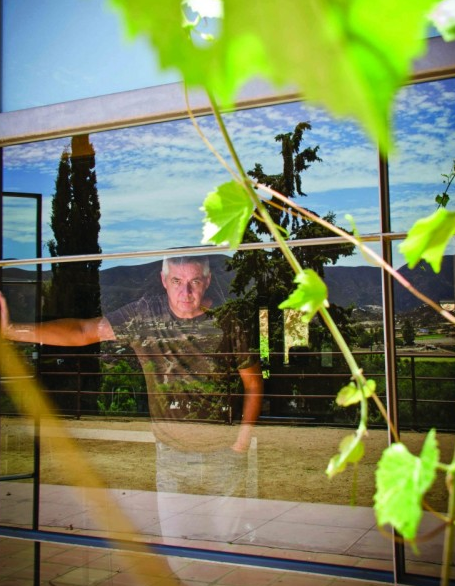
Aborigen, Hugo Acosta’s family project, was founded in 2000, meaning “the man who comes from the earth”, and represents the commitment of man to his environment, recognising the intervention of man as an additional element to the context through a series of oenological experiments.
Finally the Escuelita, a great project enabling amateurs to achieve their dreams by learning how to make their own wine from A to Z, without investing in any equipment. A simple concept, students are paired into teams of two people and buy half a ton of grapes of their choice. The courses are then provided from harvesting to bottling. Students leave at the end with their own cuvée – with a custom label as a bonus. Not only does the concept work, it creates vocations : since the creation of the school in the late 90s, several students founded their own wineries in the Valley.
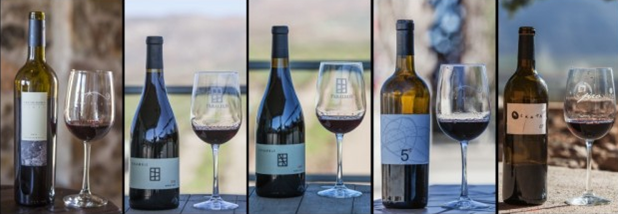
Five delicious reds tasted from these projects: Vino de Piedra Tinto 2011 from Casa de Piedra ; Ensamble Arenal “ba II“ 2010 and Ensamble Colina “ba I“ 2009, from Paralelo ;5 Estrellas 2009, from Firmamento and Acrata Tinta del Valle 2007 (a dominant Grenache with a touch of Petite Sirah).
A vineyard in danger which must be taken care off
The dust in the air, covering cars, houses and vineyards with a daily fine layer of earth is a visible problem, yet no one in the Valley of Guadalupe mentions this as it is part of daily life. That’s impressive. We are continuously breathing it.
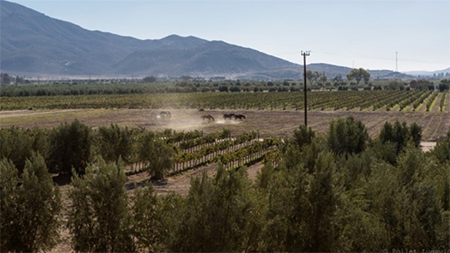
Then a question arose: can this dust affect the “taste” of wine? Upon closer investigation we noticed that a layer of dust is present on the grapes before the harvest and that these grapes are pressed directly after being harvested. Curious and concerned by the phenomenon, Hugo Acosta has promised us to investigate this during the next vintage, adding a few pounds of earth to one of his tanks; just to see how far this “dust effect” could influence the flavor and appearance of the final product.
Also from a climatic point of view, let’s not forget that we are in the desert here. The fresh water, between 30 and 150 m deep, is rare. And groundwater is low. It is even rumored that the proximity to the ocean brings a certain salinity to the white wines.
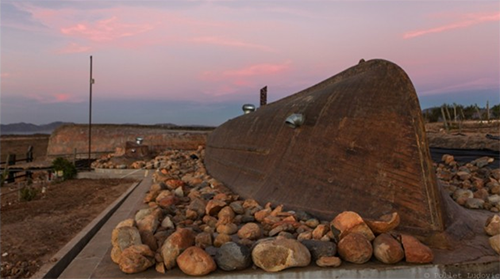
“We do not have enough water”, Thomas Egli explained. (It rains on average 250mm per year). “In 2014, only 100 mm fell and 40% of the crop of the valley was lost”. In such conditions, it is difficult to envision how the wine production of the valley could grow in the future. It seems to have reached its critical size. With the exception of L.A. Cetto which export some wines to Europe, finding Mexican wines on our shelves is almost impossible. The production is too small to really consider exporting. So please just come and enjoy the charm of the Valley and its wines – it is the perfect opportunity for an oenologic and epicurean vacation for families or as a romantic getaway.
A timeless moment at El Mogor
At El Mogor, the most French of the Mexican wineries, Nathalia Badan welcomed us with a huge smile and impeccable French. Because even though Nathalia was born in the valley, her origins are French. Her brother has always had boundless admiration for the wines of Bordeaux, which was the inspiration for Mogor-Badan – a beautiful blend of Cabernet Sauvignon, Cabernet Franc and Merlot.
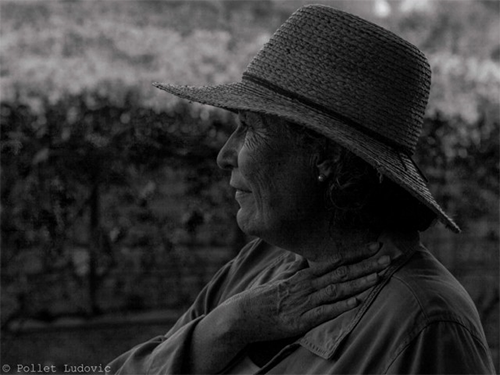
Nathalia is a bit like the “Mama“ of the valley, always keeping a watchful eye on the workers and listening to the people. Environmentally she has implemented an ingenious principle of soil enrichment by livestock. The animals are moved around regularly in small enclosures, thus naturally ploughing a mix of dung and earth which enrich the soil. El Mogor is not only a vineyard, it is above all one of the largest farms in the region, with an organic garden, oranges, lemons, cows, chickens and pigs. Every Saturday there is a market on the farm. People come from all over the region to look for homemade jams and other fresh produce.
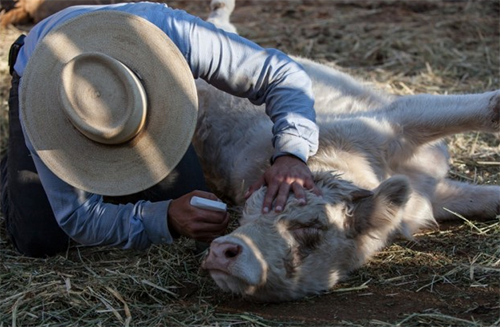 Pablo Rujas, the cowboy of the farm, guided our visit. He may be an oenologist, yet playing lasso and taking care of the cows from the back of his horse remains his favourite activity.
Pablo Rujas, the cowboy of the farm, guided our visit. He may be an oenologist, yet playing lasso and taking care of the cows from the back of his horse remains his favourite activity.
“The dust is also a problem for livestock” he said. “I regularly have to moisturise the eyes of the animals”. Intrigued by the cowboy experience, Ludo spent the day with Pablo to understand and experience this extraordinary job. Lasso session required!
Our Mexican trip ended on a bright Sunday with an official petanque tournament organised by the Mexican Petanque Federation of Ensenada. An invitation which I could not refuse, I am addicted to playing petanque. Luckily for me, Hugo Acosta was seeking a partner. We played by the sea, under the sun and in good spirits, failing at the gates of the quarter finals. During that time and from the ocean, Ludo was looking at us from a few hundred meters away on his surfboard.
By The Drinks Business
Pictures by Ludovic Pollet

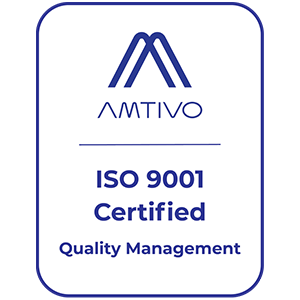


 Thomas Egli. Pictures by Ludovic Pollet
Thomas Egli. Pictures by Ludovic Pollet

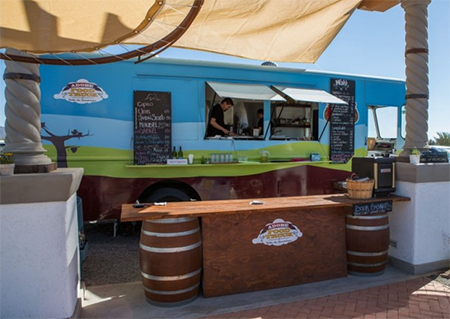





 Pablo Rujas, the cowboy of the farm, guided our visit. He may be an oenologist, yet playing lasso and taking care of the cows from the back of his horse remains his favourite activity.
Pablo Rujas, the cowboy of the farm, guided our visit. He may be an oenologist, yet playing lasso and taking care of the cows from the back of his horse remains his favourite activity.
.png)
